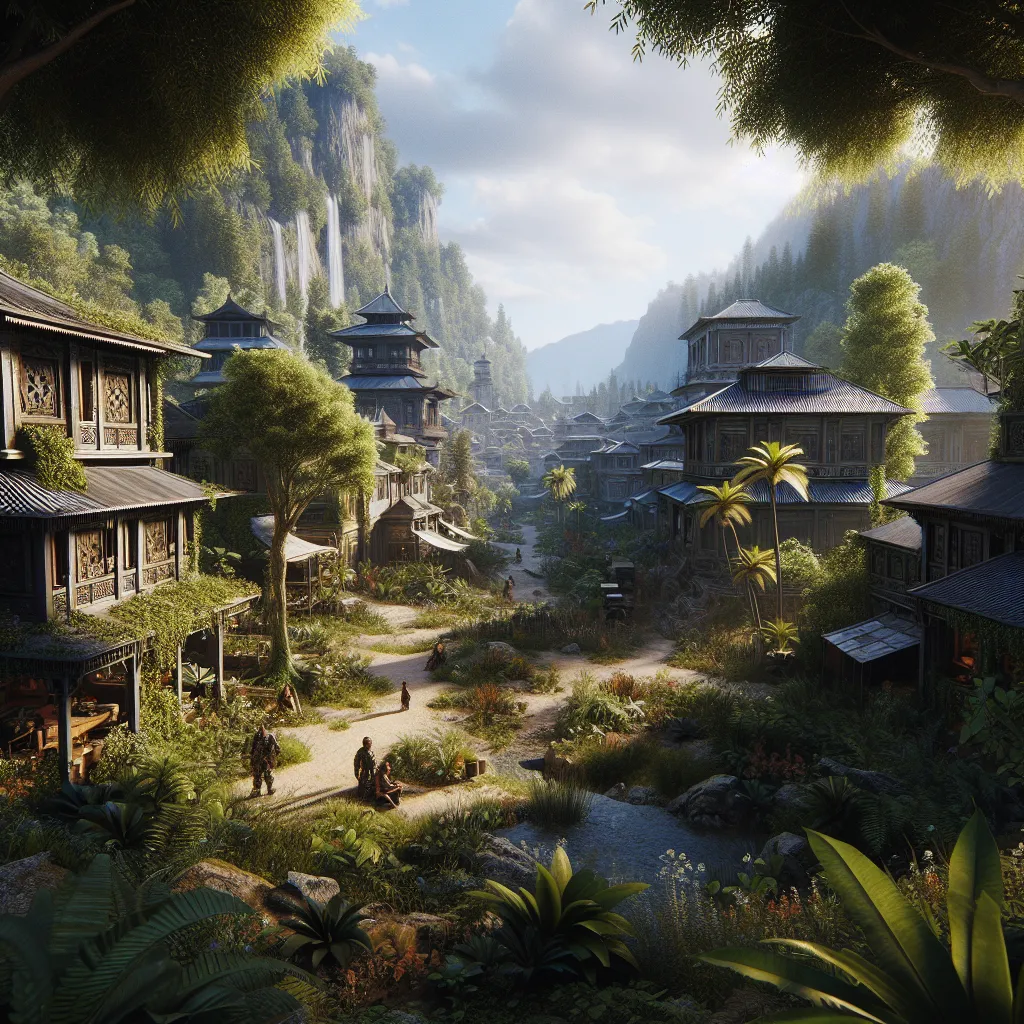The History of Video Game Graphics
The history of video game graphics is a fascinating journey that showcases the continuous evolution of technology and artistic innovation. From the early days of pixelated sprites to the stunningly realistic 3D environments of modern games, the progression of video game graphics has been nothing short of remarkable.
In the 1970s and 1980s, the limited processing power of early home consoles and arcade machines meant that game graphics were simple and mostly 2D. Games like “Pong” and “Space Invaders” featured basic geometric shapes and minimal colors, laying the foundation for what was to come.
As technology advanced, the 16-bit era brought about significant improvements in graphics, allowing for more detailed sprites and vivid colors. This era introduced iconic games like “Super Mario World” and “Sonic the Hedgehog,” which showcased the potential of vibrant and expressive visuals.
The 3D revolution of the mid-1990s was a pivotal moment in the history of video game graphics. The introduction of consoles like the PlayStation and Nintendo 64 brought fully realized 3D worlds to the mainstream, enabling immersive experiences that were previously unimaginable.
Fast forward to the present day, and video game graphics have reached unprecedented levels of realism and detail. With the power of cutting-edge hardware, developers can create breathtaking landscapes, lifelike character models, and advanced visual effects that blur the line between fantasy and reality.
The history of video game graphics is a testament to the ingenuity of game developers and the exponential growth of technology. As we look to the future, it’s exciting to imagine the possibilities that await in the next chapter of this ongoing evolution.
Advancements in Video Game Visuals
Advancements in video game visuals have been a driving force behind the evolution of video game graphics. The early days of video games were characterized by simple, pixelated graphics, limited color palettes, and blocky character models. However, as technology has advanced, so too have the visuals in video games.
One of the most significant advancements in video game visuals has been the shift from 2D to 3D graphics. This transition allowed for more immersive and realistic environments, as well as the ability to create more lifelike characters and objects within the game world. The introduction of 3D graphics opened up a whole new realm of possibilities for game developers, enabling them to create more expansive and detailed game worlds.
Another major advancement in video game visuals has been the use of advanced rendering techniques and technologies such as ray tracing, global illumination, and high dynamic range rendering. These techniques have revolutionized the way light and shadows are depicted in games, resulting in more realistic and visually stunning environments. The use of these technologies has significantly enhanced the level of immersion and visual fidelity in modern video games.
Furthermore, the development of more powerful hardware, such as advanced GPUs and CPUs, has allowed for the creation of more detailed textures, complex character models, and realistic animations. This has significantly contributed to the overall visual quality of video games, pushing the boundaries of what is possible in terms of graphical fidelity.
In addition to these technical advancements, the artistry and design of video game visuals have also evolved significantly. Game designers and artists now have access to powerful tools and software that enable them to create breathtaking landscapes, intricate character designs, and visually stunning special effects.
Advancements in video game visuals have not only enhanced the overall aesthetic appeal of games but have also played a crucial role in shaping the immersive and engaging experiences that modern video games offer to players.
From Pixels to Realism: The Evolution of Video Game Graphics
In the world of video games, the evolution of graphics has been a remarkable journey. From the early days of pixelated sprites to the stunning realism of present-day games, the advancement in video game graphics has been nothing short of extraordinary. One of the most fascinating aspects of this evolution is the transition from pixels to realism.
Back in the early days of gaming, graphics were simple and consisted of basic pixel art. Games like Pong and Space Invaders set the foundation for what was to come. As technology advanced, so did the graphics. The 8-bit and 16-bit eras brought us iconic games like Super Mario Bros and The Legend of Zelda, which showcased the potential of pixel art in creating immersive worlds.
However, it was the shift to 3D graphics that truly revolutionized the gaming industry. Games like Super Mario 64 and Ocarina of Time showed us a glimpse of what was possible with three-dimensional worlds. This marked the beginning of a new era in video game graphics, as developers began to strive for greater realism and immersion.
Fast forward to the present, and we are witnessing a level of graphical fidelity that was once unimaginable. With cutting-edge technologies like ray tracing and photorealistic rendering, modern games can depict environments and characters with an astonishing level of detail. From the lifelike expressions of characters to the intricacies of the natural world, the evolution of video game graphics has brought us closer than ever to achieving true realism in gaming.
In conclusion, the evolution of video game graphics from pixels to realism has been a remarkable journey, driven by the relentless pursuit of innovation and technological advancement. As we look to the future, one can only imagine the incredible possibilities that await in the ever-changing landscape of video game graphics.



